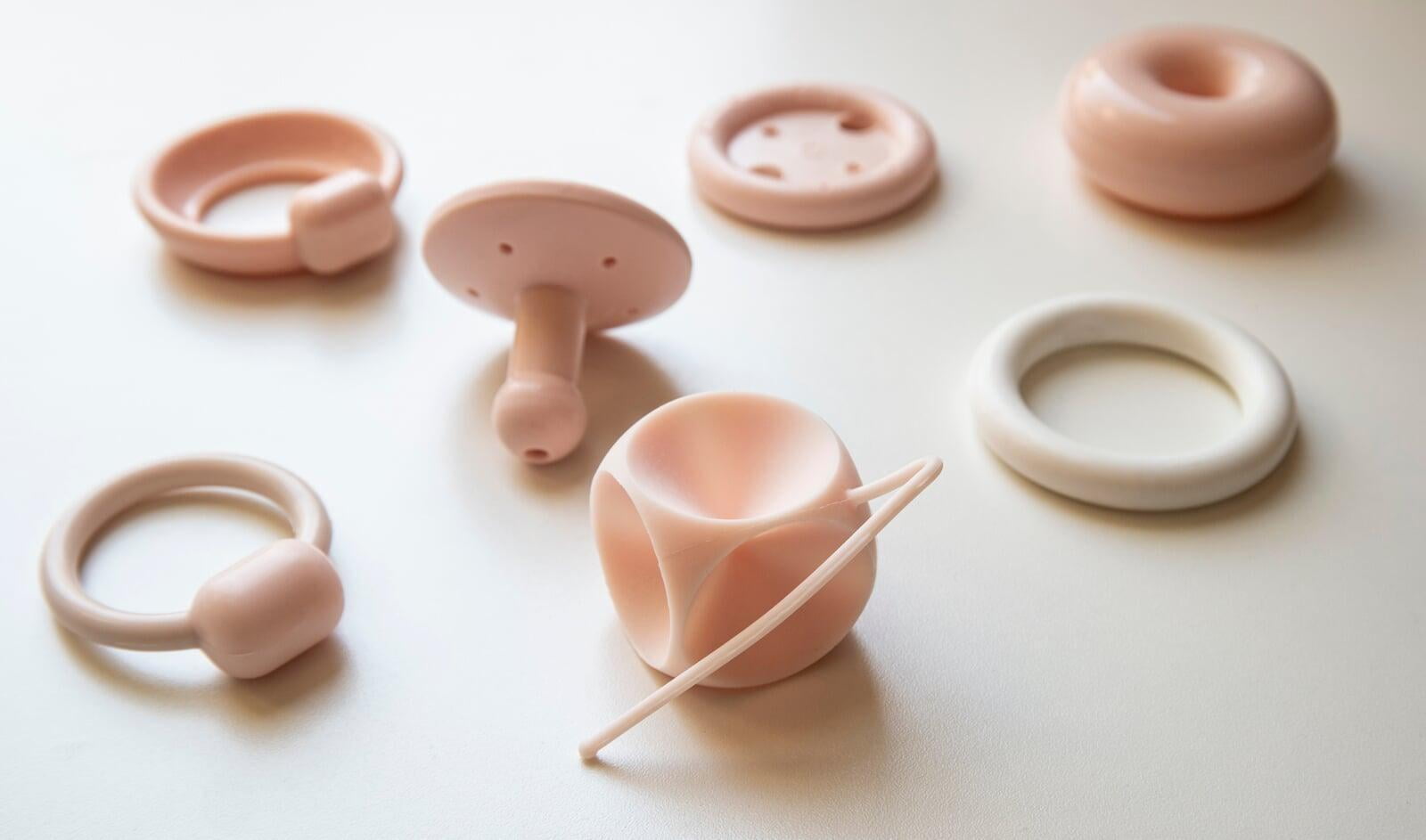Find the support you need.

A pessary is a medical device that is used to support the pelvic organs in women with pelvic organ prolapse (POP). It is a flexible, often silicone, device that is inserted into the vagina to help lift the organs and provide additional support for the pelvic floor muscles.
The use of a pessary can be a non-surgical option for managing the symptoms of POP. It is typically recommended for women who are not surgical candidates or who want to avoid surgery. Pessaries can also be used as a temporary measure while waiting for surgery or while recovering from surgery.
The role of the pessary is to provide support to the pelvic organs by pushing them back into their proper position. It can help relieve symptoms such as pressure, discomfort, and incontinence. Pessaries can be used for all types of POP, including uterine prolapse, cystocele, rectocele, and vaginal vault prolapse.
Pessaries come in different sizes and shapes, and the selection of the appropriate pessary depends on the type and severity of the prolapse. A healthcare provider, usually a gynecologist or urogynecologist, will determine the appropriate size and shape of the pessary for the individual patient. The healthcare provider will insert the pessary during an office visit and will teach the patient how to properly insert and remove the device.
The fitting process is similar to a pelvic exam, and the patient may be asked to bear down or cough to help the healthcare provider determine the appropriate size and shape of the pessary. Once the appropriate pessary is selected, the healthcare provider will insert it into the vagina and will check to ensure that it is properly positioned and comfortable for the patient.
Cleaning the pessary is an important aspect of its use. It is recommended to remove the pessary once a week to clean it thoroughly with soap and water. Some pessaries are also compatible with sterilization methods such as boiling or using a dishwasher. Patients should follow the manufacturer's instructions for cleaning and care.
It is important to monitor the pessary regularly to ensure that it is properly positioned and that there are no signs of infection or irritation. If a patient experiences any discomfort, pain, or discharge, they should contact their healthcare provider immediately.
Pessaries are generally safe and well-tolerated. However, some patients may experience side effects such as vaginal discharge, discomfort, or irritation. Rarely, pessaries can cause serious complications such as erosion or ulceration of the vaginal tissue. Patients should be monitored regularly by their healthcare provider to ensure that the pessary is functioning properly and that there are no signs of complications.
In summary, a pessary is a non-surgical option for managing the symptoms of pelvic organ prolapse. It provides support to the pelvic organs and can help relieve symptoms such as pressure, discomfort, and incontinence. The appropriate size and shape of the pessary is determined by a healthcare provider, and regular monitoring and cleaning are important for its safe use. Pessaries are generally safe and well-tolerated, but patients should be monitored regularly for signs of complications.

